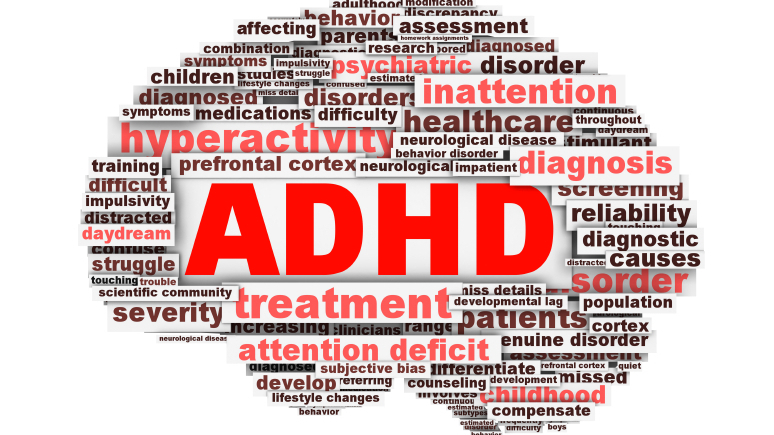We examined the association between exposure to chlorpyrifos and ADHD symptoms among adolescents in Egypt. Adolescent pesticide applicators and non-applicators, 12-21 years old, participated in a 10-month longitudinal study examining health effects from pesticide exposure. Repeated urine and blood samples were collected at various time points during the 10-months to assess biomarkers of chlorpyrifos exposure (urinary trichloro-2-pyridinol or TCPy) and effect (blood acetyl cholinesterase activity and butyryl cholinesterase activity). Parents from a subset of the cohort (N = 64) completed the Short Form of Conners’ Parent Rating Scale – Revised. Poisson regressions were used to examine the associations between the number of ADHD symptoms and occupation and biomarkers.
Pesticide applicators had significantly more symptoms of ADHD than participants in the non-applicator group. Urinary TCPy levels were associated with increased symptoms, demonstrating a dose-response effect. Applicators with ADHD reported applying pesticides for more hours during the application season and had greater cumulative TCPy levels than participants without ADHD. One fourth of all applicators met the criteria for an ADHD diagnosis (having 6 or more reported symptoms).
This study provides preliminary evidence of an association between occupational exposure to chlorpyrifos and ADHD symptoms among adolescent pesticide applicators in spite of its limited small sample size. There is a critical need to investigate the susceptibility of children and adolescents to repeated occupational and environmental exposures to pesticides because the developing brain may be uniquely sensitive to the neurotoxic effects of these agents.
Source:
Diane S.Rohlman et al. Neuro Toxicology, Available online 8 May 2019
https://www.sciencedirect.com/science/article/pii/S0161813X19300385

- Login om te reageren
